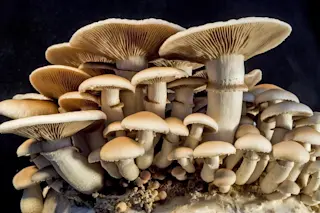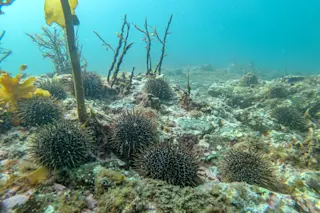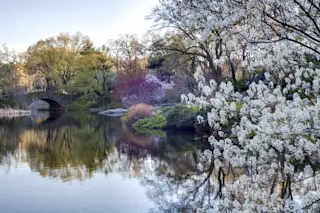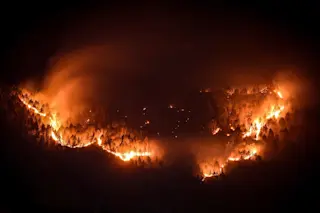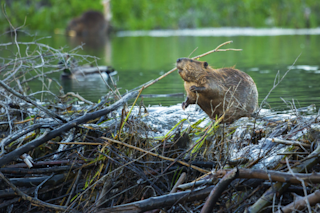For Paul Stamets, the phrase “mushroom hunt” does not denote a leisurely stroll with a napkin-lined basket. This morning, a half-dozen of us are struggling to keep up with the mycologist as he charges through a fir-and-alder forest on Cortes Island, British Columbia. It’s raining steadily, and the moss beneath our feet is slick, but Stamets, 57, barrels across it like a grizzly bear heading for a stump full of honey. He vaults over fallen trees, scrambles up muddy ravines, plows through shin-deep puddles in his rubber boots. He never slows down, but he halts abruptly whenever a specimen demands his attention.
This outing is part of a workshop on the fungi commonly known as mushrooms — a class of organisms whose cell walls are stiffened by a molecule called chitin instead of the cellulose found in plants, and whose most ardent scientific evangelist is the man ahead of us. ...


